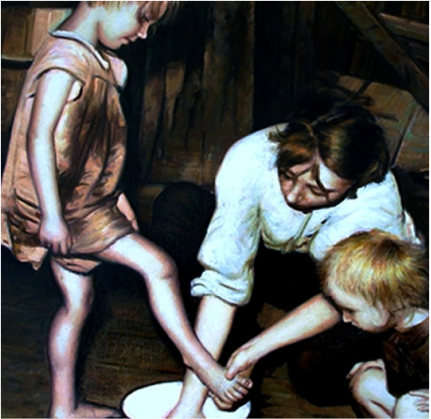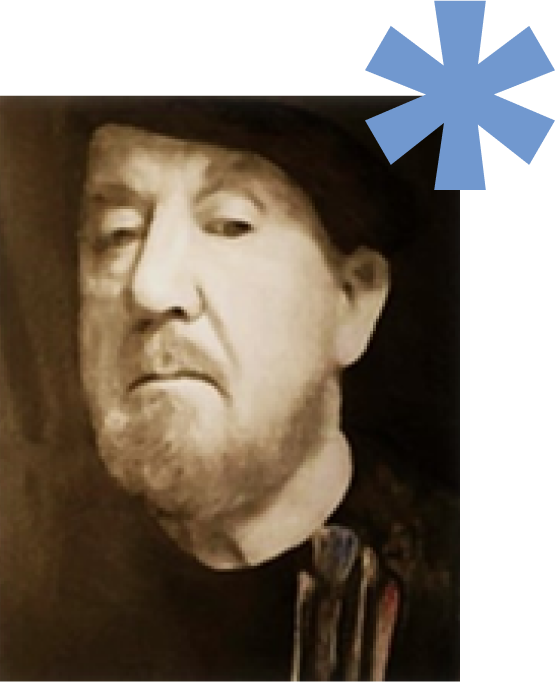About
Introduction
R Jean Vallieres’ creations demonstrate mastery of medium and convey meaning, intimacy, and depth. The value of his canvases is in their capacity to strike both personal and universal chords. They appeal to human emotion, memory, imagination, and aesthetic feelings. His canvases communicate, both consciously and unconsciously, on several levels, such that each time the viewer returns, new variations of meaning are discovered.




Vallieres began his portrait painting career at the age of eleven in the cellar of his parents’ home, located along Blackstone River, in New England. While completing undergraduate, graduate and post graduate studies at New England Colleges and Universities, he studied and refined his techniques, where he studiously applied himself to color and technique – two passions that he elegantly incorporates in his portrait and landscape paintings.
Upon completing his formal education, Jean studied the accomplishments of the Great Masters firsthand at the National Gallery in London, Le Musee de Louvre in Paris, and several acclaimed museums throughout Europe and the United States.
When asked to describe his personal approach to painting and his own style Mr. Vallieres replies that his primary approach is one of “imaginative curiosity,” and a balanced amalgamation of “European Neoclassical ” and “American Realism.” He has also explored Impressionism, and occasionally Abstract Expressionism.
Working almost exclusively with oils on canvas, Vallieres’ portraits have been favorably compared by critics to those of Bronzino (1503-72), Liotard (1702-89), and Vermeer (1632-75). Several of his landscapes have been favorably linked to the styles of the American artist Harold Altman. Mr. Vallieres’ ‘Historical Americana’ paintings display an un-previously attempted technique and color application.
Vallieres’ canvases have been acquired by art patrons located across the United States: Arizona, Connecticut, Delaware, District of Columbia, Florida, Maine, Maryland, Massachusetts, New Mexico, New York, Pennsylvania, Rhode Island, Texas, Virginia, and West Virginia.
In addition, canvas placements include Washington National Cathedral, Washington, D.C., Down Cathedral, Downpatrick, U.K., Andover Library, MA; Farmington Library, CT., Checkers, Esher, U.K., The DuPont Winterthur Estate, DE; Frick Art & Historical Center, PA; Northland Library, PA; St Paul’s Cathedral, The Merrick Museum, Trinity Cathedral, PA., and several other notable institutions
